Let me guess – I’ll bet you were making your very own vinaigrette last week for a salad and it did not go as you planned. You were probably trying to beat that inner voice and nail the confidence you see in cooking shows.
You went ahead and added the oil and vinegar, Dijon and even honey. At this stage, it seemed like everything was going right. But as you were about to pour it over your greens, you started noticing something. The oil was floating back to the top. The layers separated again like strangers at a tango party. And that is when the big “aha” moment hit you.
Why does it fall apart? Why is it so hard for oil and vinegar to play nice? No need to worry because in this case, the blame doesn’t fall on you.
Ladies and gentlemen, we were introduced to one of the most unique forces inside a kitchen and that is something called an emulsion. Don’t worry, I will walk you through everything surrounding emulsions, breaking it into easy to digest pieces so you won’t lose your marbles while doing so.
A Dressing That Holds Is a Bit of a Miracle
Let us remove the problem’s root and address the issue without any diversions. Well, oil and water do not get along. Never have, never will, and they probably will not in the future. Why is this? It is not a comical altercation; instead, it is a clash of systems.
One is crafted to float and the other one is created to let go. When oil is poured into vinegar and stirred vigorously, it is not a solution, it only delays the problem. You are forced to make them co-exist for some time. However, if they are left alone, they will separate once again. This is the reason why your vinaigrette splits after sitting for some time after preparation. What you are viewing does not signify a failure of sorts, it is nature’s way of keeping it real.
When we emulsify in the kitchen, it refers to an act of temporary cooperation, more specifically to the discontinuation of oil in water or vice versa. When it works, the dressing is creamy, balanced, and seamless. When it doesn’t work, all you have is regret and layers. Nevertheless, emulsions are far from a secret tip confined within a chef’s domain. With the right attitude towards this topic, one can learn it through method and pieces of knowledge, which is quite unlike the honey like substance which only requires sugar and water to taste delicious.
What Actually Happens When You Shake That Jar
Imagine this scenario. You pour oil and vinegar into a jar, close it tightly, then shake it up like you’re trying to bring an old car engine back to life. For a few blissful moments, everything looks appealing – bubbles form, and you nearly achieve a smooth mixture, but the moment you stop the jar, everything begins to revert back to how it was before. The vinegar you had settles down into the solution while the oil, due to its buoyancy, starts floating back to the surface. The creamy blend you just admired begins breaking apart yet again.
A classic example of emulsion is when you suspend tiny oil droplets in water-based vinegar, in other words, the vinegar you placed in a jar will form an emulsion. However, that emulsion is temporary. You made it in the boiling stage. If you manage to get the emulsion to stay together, that’s great, but to do so, you need a stabilizer; otherwise, the newly formed droplets will cling onto each other and regroup. But it’s not your fault. You didn’t fail emulsifying was put in place to separate these droplets, which is placed inside most kitchen refrigerators.
The Invisible Helpers Sitting in Your Fridge
Here’s a riddle to tickle your brain: Your salad emulsion ‘dressing’ can hold itself together IF and only IF, you offer it a bridge. This is precisely what emulsifying does. An emulsifier is a molecule that simultaneously holds hands with both oil and water. These molecules are helpful and they bring us together. The good news is these aides are not bizarre concoctions from some laboratory. To our good fortune, they lie in the lap of mustard, egg yolk, honey, garlic paste, and quite a few nut butters. These emulsifiers are likely unidentified to the general populace.
When making vinaigrette, are you aware that you add salt to your favorite dish? Exceeding that, you add mustard which adds a lot of zest to it. When whisked in with vinegar and oil, an emulsion is formed because of the flavor and the shaft & the oil’s buoyancy. The emulsion formed stays together as your hands are trying to stablish order in vinegar and oil.
Well, the oil and vinegar division is extremely dependent on backs. Eggs are also a component of the emulsion and they provide good enzymes that help entwine salt with the egg into soluble surfaces that are drafted on containing propellant when whipping meringues. Hone come out strong which is why, in fact, the suspicion that Soie injecting a cap full of honey might sweeten up sauce for honey mustard sure is enticing yet does actually turn the emulsion into magic.
Why Some Dressings Stay Creamy While Others Break
Let’s be honest, not every dressing is the same. For example, a vinaigrette made of simple oil and vinegar will always split if left unattended for a while. It’s not broken, it’s unfinished. Creamy dressings that use eggs or mayo, on the other hand, hold and do not split because they are structured. When you blend an emulsifier into your mix properly, as with creamy dressings, you are creating a stable emulsion.
The droplets of oil are kept separated, and so cannot regroup to the emit their smooth texture. This is what gives creamy dressings their texture, which is why ranch doesn’t separate in your fridge, why Caesar has some body, and why mayonnaise is mayonnaise.
When trying to prepare a dressing, first do not get frustrated if parts do not come together. Ask yourself what is missing, what has been overlooked. Perhaps not enough mustard was used, oxidation happened far too quickly or even the temperature of the emulsifier was not ideal. Every dressing is a tiny system, and so every one has their own designated rules set, and so once you’ve built understanding and learned the rules, things will be done correctly most of the time from then onward.
Temperature And Timing Can Make Or Break It
Emulsions seem a lot simpler with room temperature ingredients. Oil that is cool tends to be thicker and more viscous, making it sluggish to blend. Emulsion formation requires a combination of ‘step-by-step’ techniques whereby each phase must be performed with precision. Cold eggs for example will tend to resist bonding. For instance: trying to whip a sauce or a dressing and not being able to form it/sauce is likely to be due to the cooldown in the bowl. If things get too warm, there is a risk of breaking the emulsion. This is why hollandaise, has a tendency to turn into soup.
Not only temperature, but timing is also an important factor – too hotter cooler, you’ll break the emulsion. When combined with lumps of whipping cream everything turns overly sickly sweet to be pleasant. Failure to follow around room temperature leads to cold oil everywhere, which is sure to deactivate any cooker.
Pouring oil quickly into vinegar while whisking also works in most cases, but with some extra finesse can yield better results. It is best to start off with drizzling the oil while whisking; this method provides more opportunity for emulsion to form.
Store-Bought vs Homemade—Now You Know the Difference
Every grocery store has a wide selection of dressings that look appealing. Their texture is perfect and they don’t spoil easily. But how is this possible? It is not magic… but preservatives, stabilizers, and industrial blending. Commercial dressings use gums and emulsifying agents that an average person can’t replicate in their kitchen. And no, that isn’t a criticism. The main difference between homemade and store-bought dressings stems from the level of control each individual has; at home, you dictate the ingredients. There are no added sugars, rather, honest flavor and authentic food is present.
Even though your dressing will taste better than anything store bought, it may separate after a few hours. However, emulsions are easy to master and once you do, you can make them one bowl at a time. Even after separation, the first pour will hit as smooth and velvety, far superior to any jarred counterpart.
A Few Good Habits That Help It Stick Together
When creating a dressing, picture yourself refining a structure. Begin with the foundation: your acid. Move on to your emulsifier that will serve as beams and glue. Slowly add in your oil at the end, like the final touch, placing a roof on top. Remember to stir intentionally and taste throughout the process. It’s important to monitor the texture and visual elements as well, if it’s smooth and glossy, congrats. If it turns out lumpy or greasy, don’t give up. Instead, hit pause, adjust and try again.
Eventually, knowing what a recipe calls for won’t be necessary. Understanding what works will come with experience. Knowing when to stop vigorously stirring, when there’s too much or too little will also become second nature. All that gained confidence doesn’t stem from magic, but rather from experiencing failure. And it’s completely okay if your first emulsion breaks, that just shows you will improve over time.
Emulsions Are Everywhere—You Just Didn’t Know It
Looking for emulsions is a full-time job because the list is endless. Mayonnaise, salad dressings, sauces, soups, ice creams and even cream used in coffee are all examples of emulsions. Someone has to find methods to combine oil and water. Even the sciences have their logic: balance, support, movement. Not mere terms in cooking.
Treat an emulsified salad dressing with care – it isn’t a trivial detail. It’s a pathway onto a larger world and reveals how things function in unison. An invitation to dabble with the notion of ‘greater than the sum of its parts.’ With every whisk, each pour, every single taste tells something, no, paints a picture of what someone values in their kitchen.
My Opinion
So, next time you pour the creamy caesar into a salad or shake a jar of vinaigrette, pause for a second. Together the oil and vinegar are yin and yang, twirling around ready to become one! Pay close attention because the whole process is dazzling and beautiful, but requires great care—no violent force needed! With gentle and precise movements, everything melds together— and that includes flavor.
Emulsions are not about reaching a flawless state, but rather exploring available opportunities. If you master this even once, trust me, you will feel the immense change. It won’t be limited to just the salad; it will be energizing and revitalizing for you too.

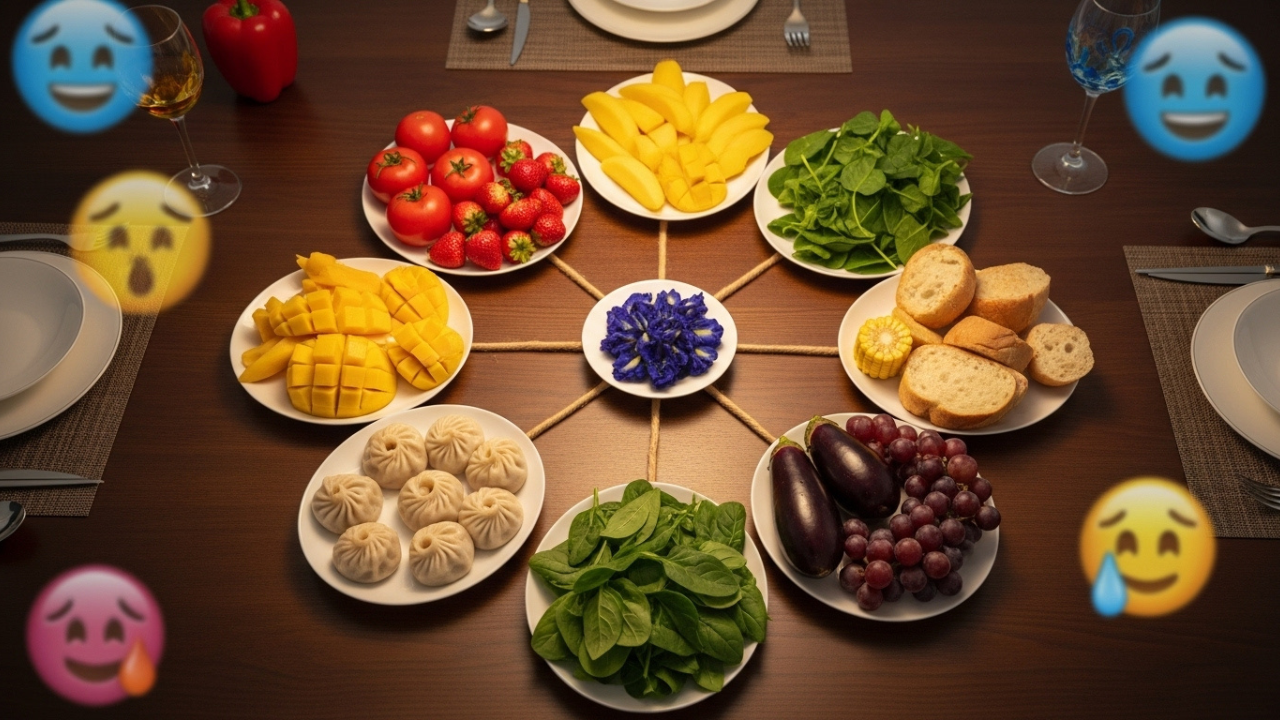










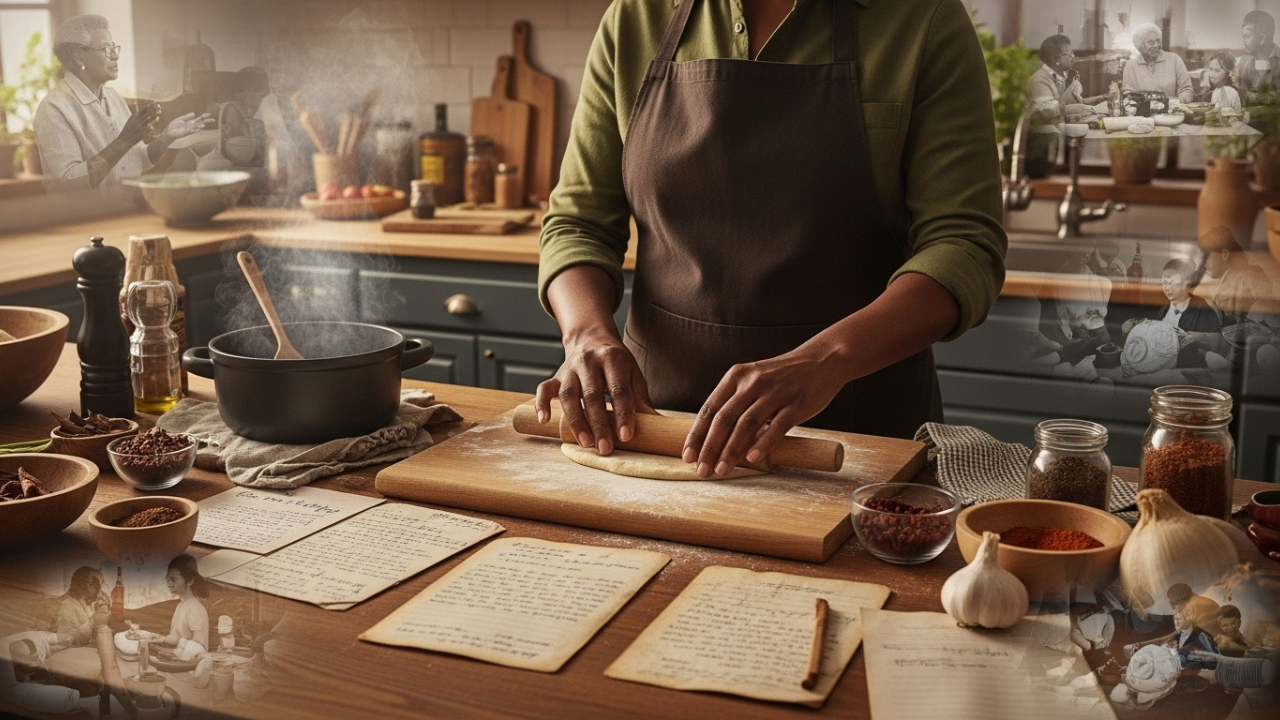
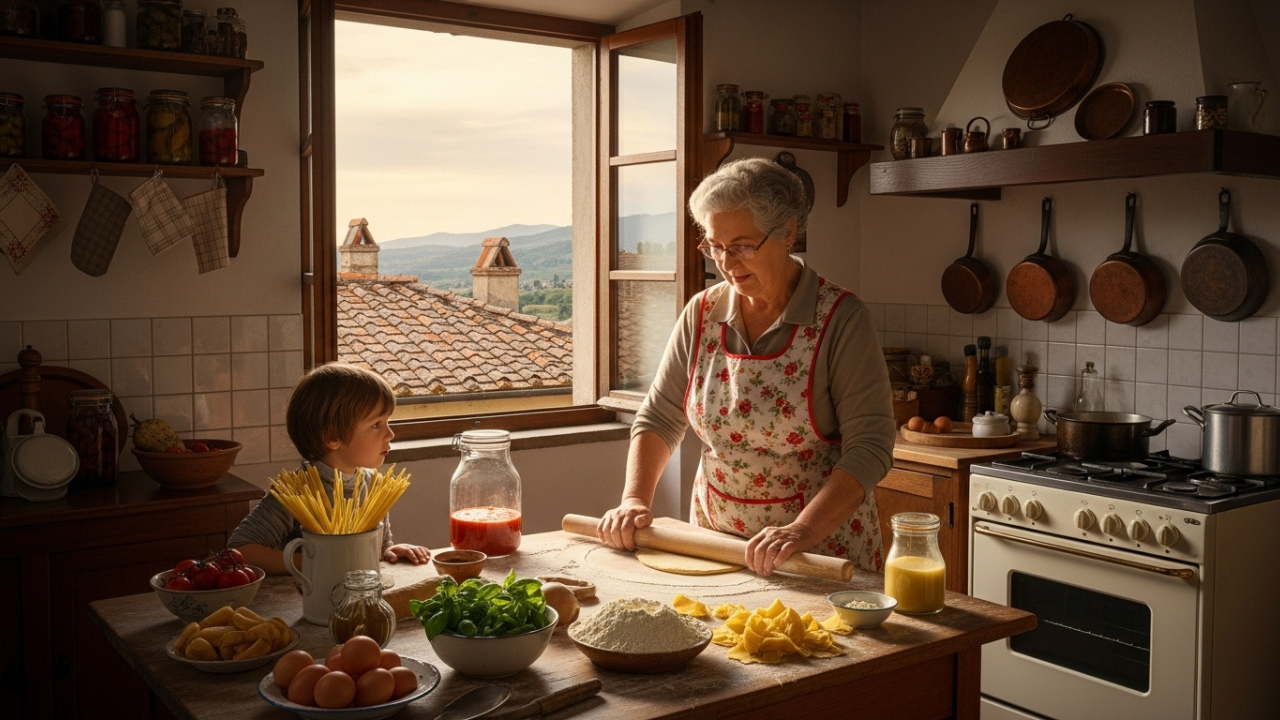


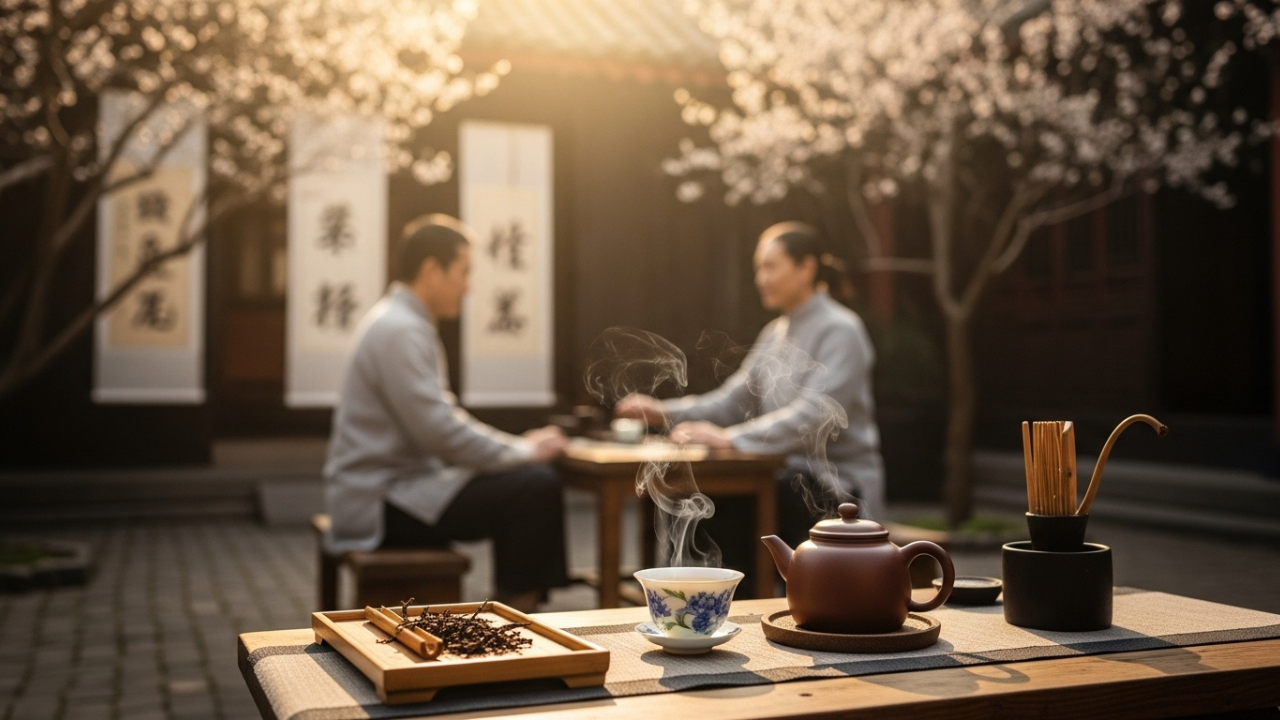


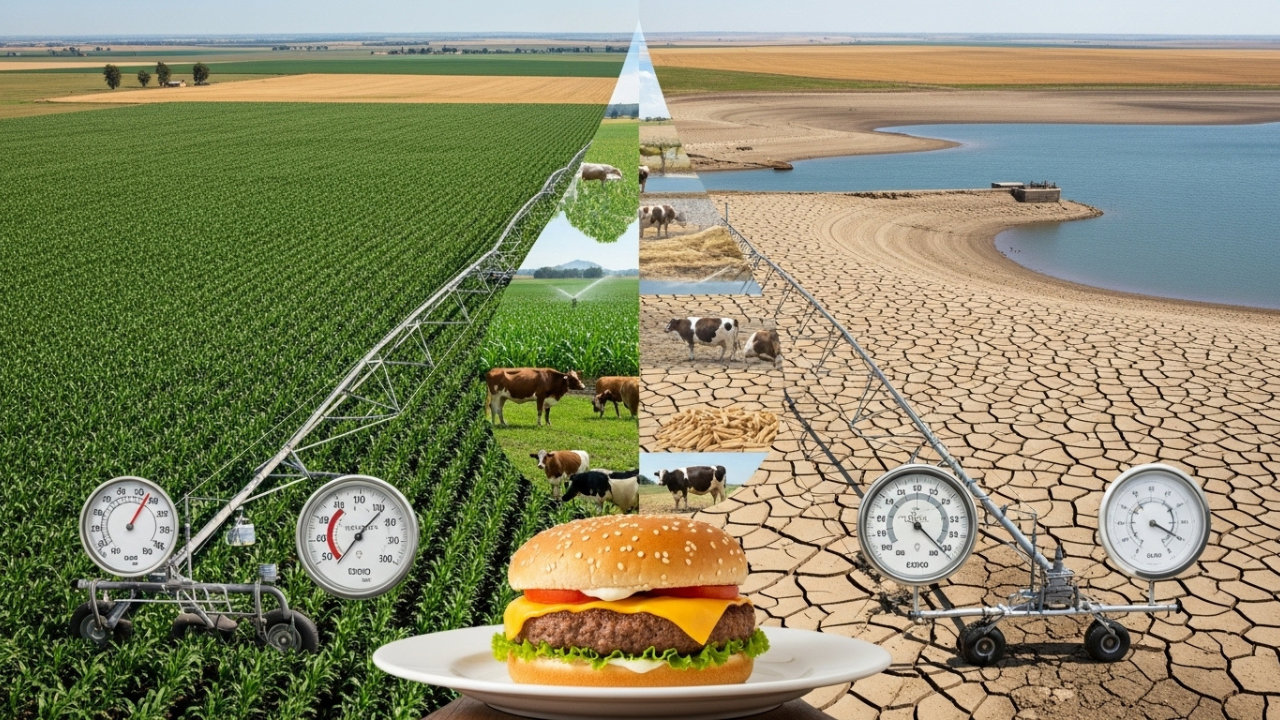

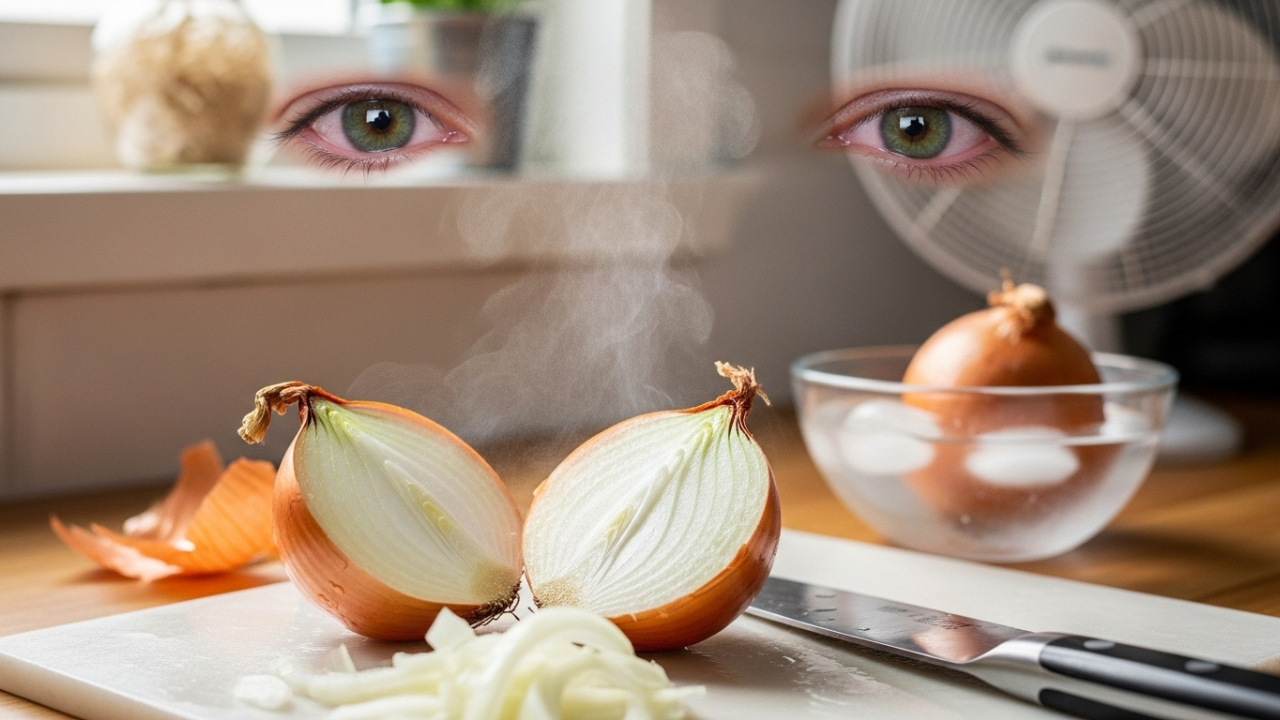


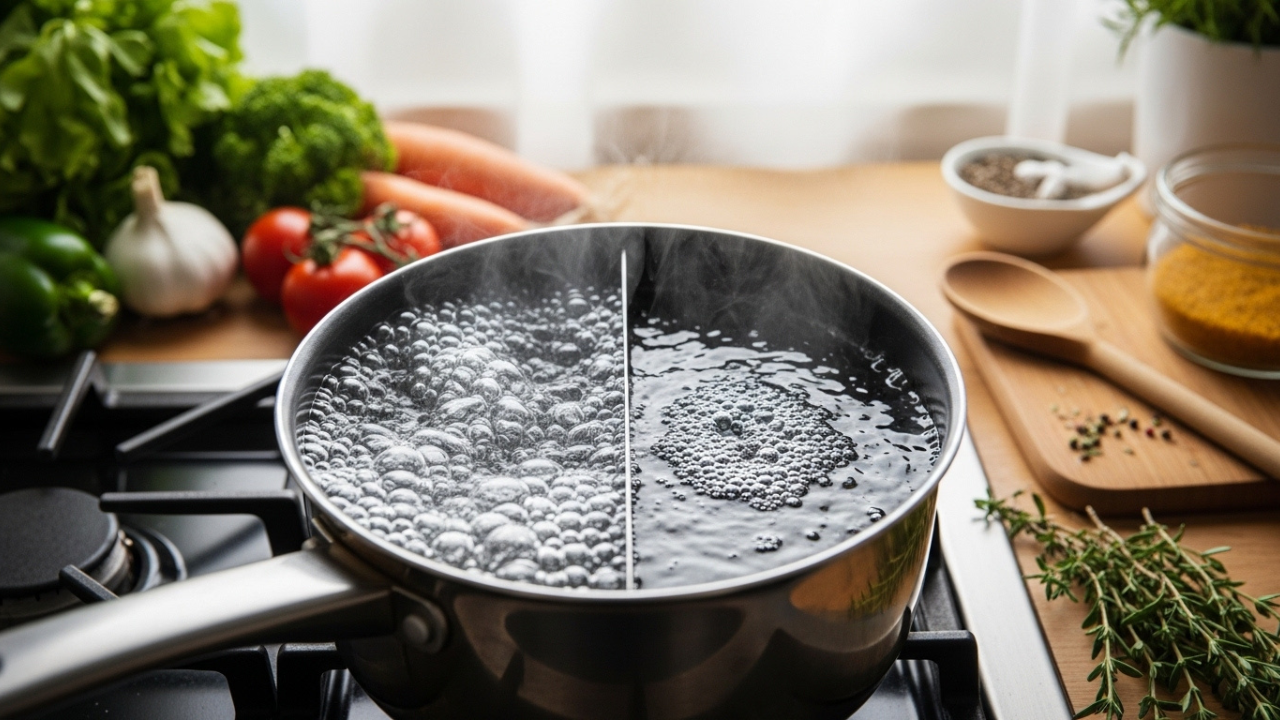
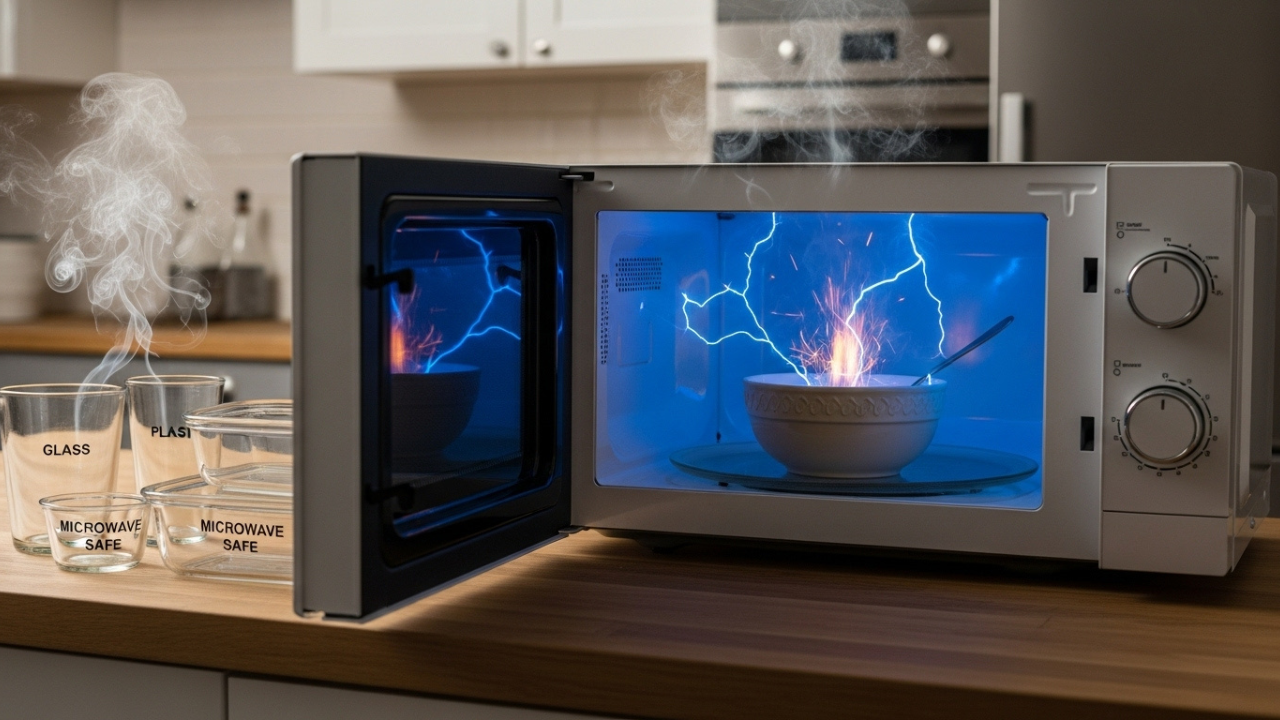
Leave a Reply